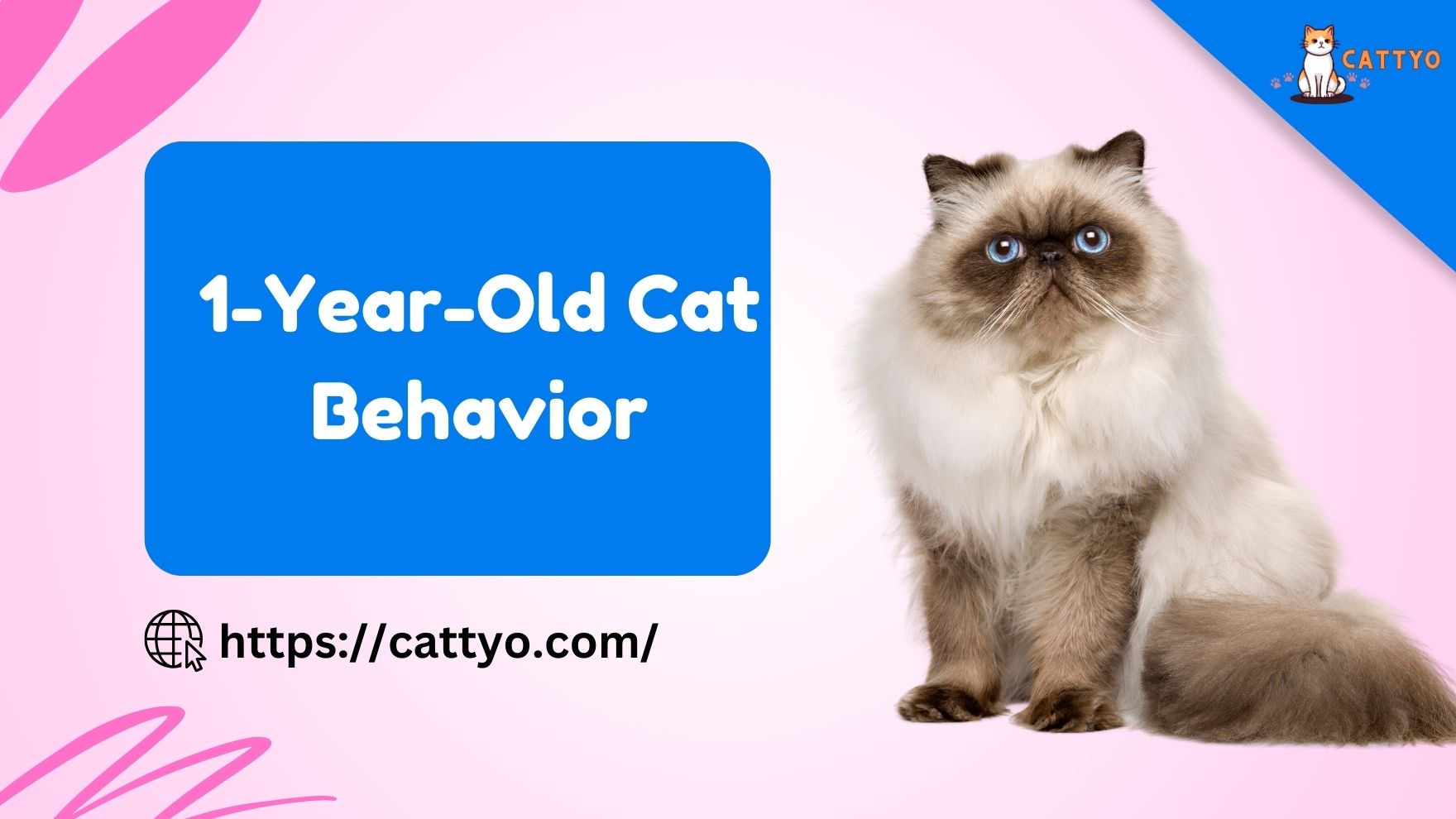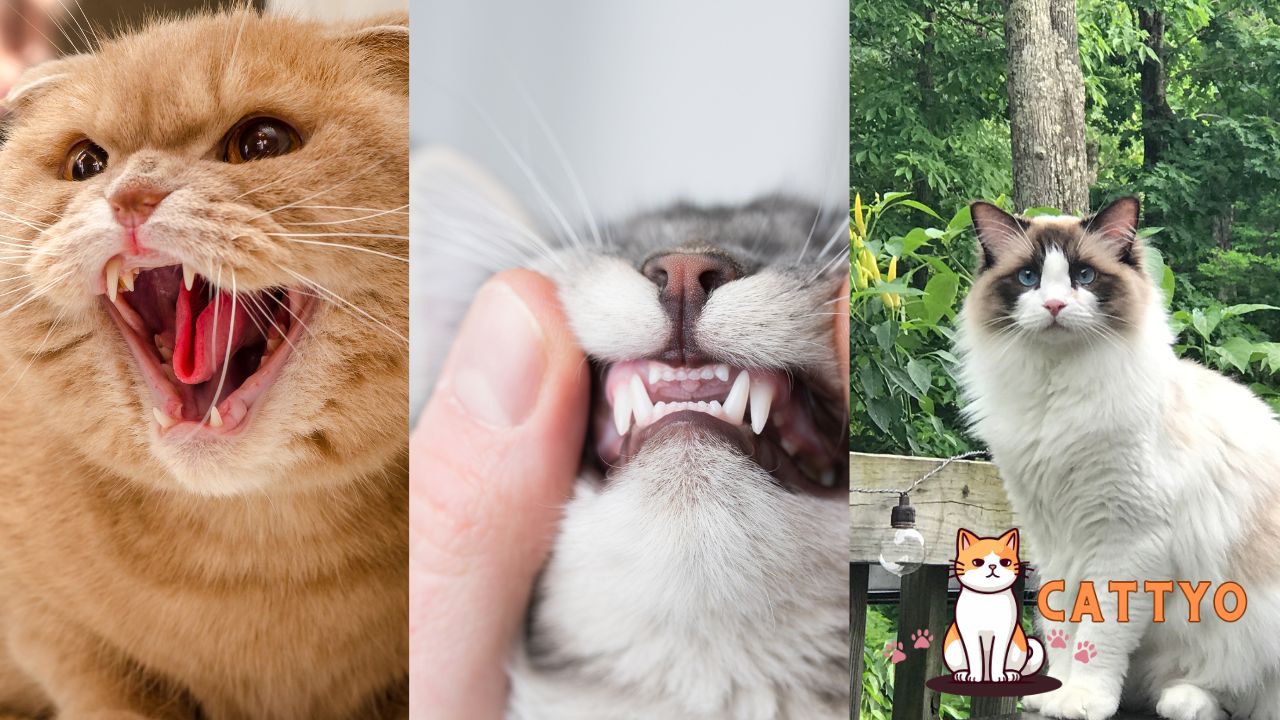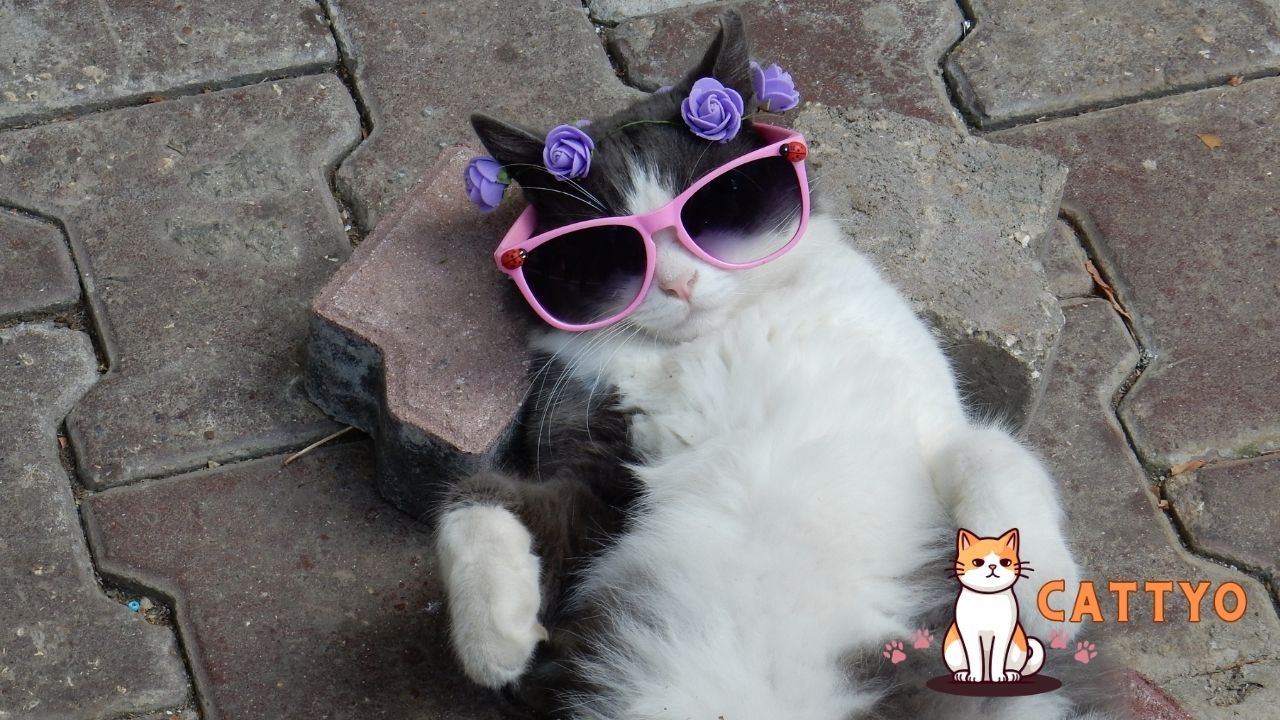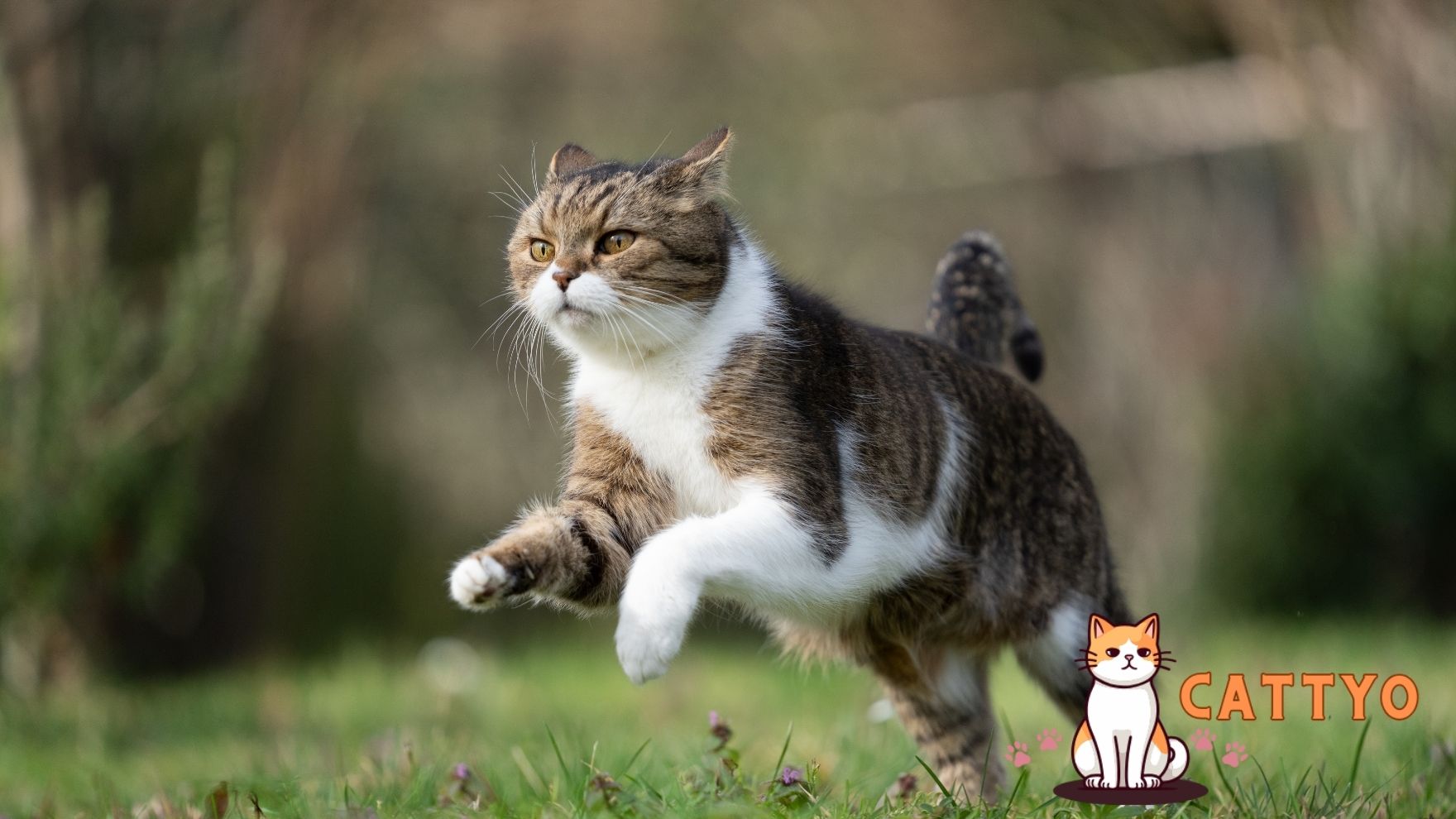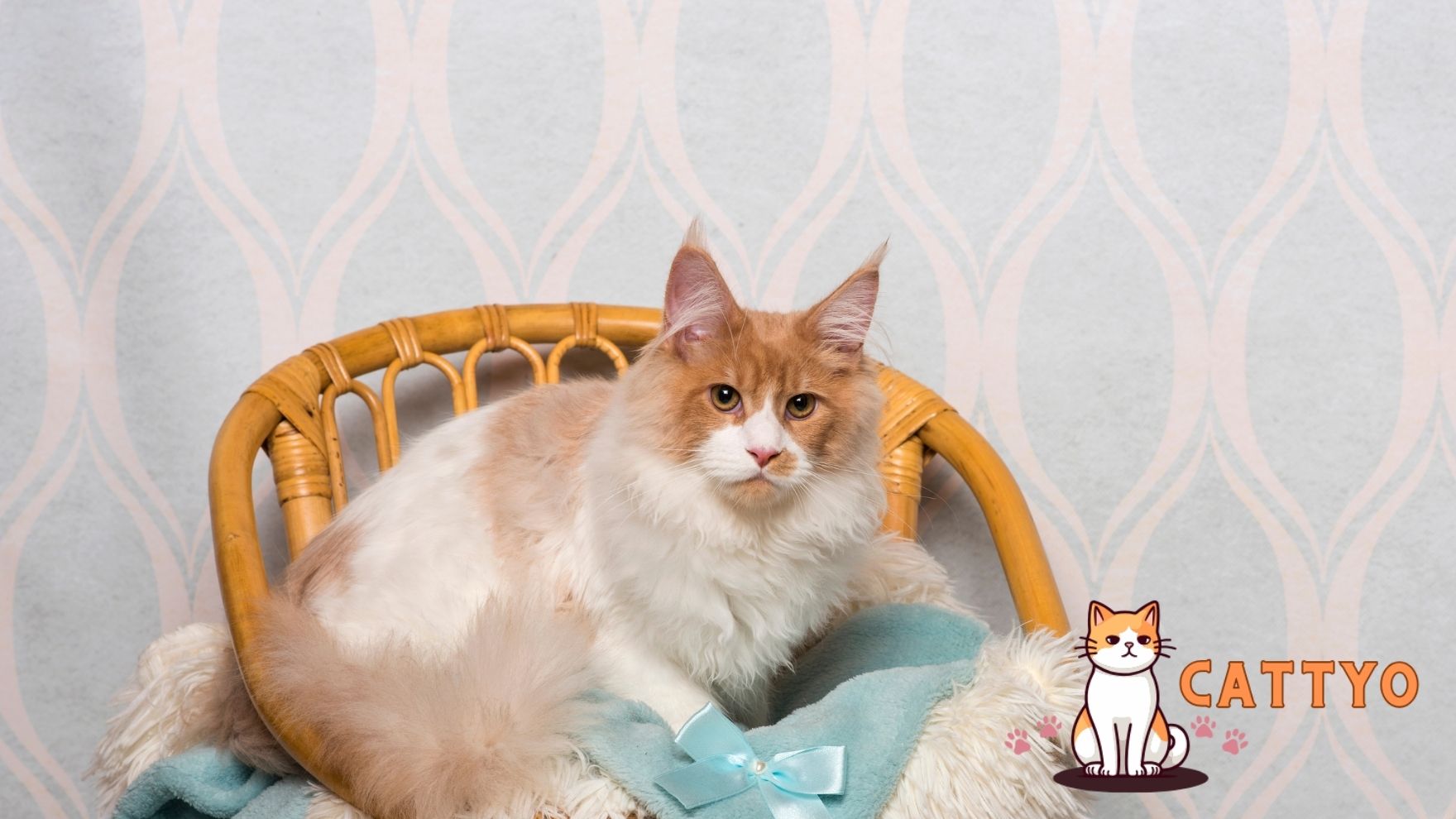So, your cat is one year old now—congratulations! You’ve made it through the kitten stage. But hold on… things aren’t exactly going to slow down yet.
In fact, your little fluffball might still surprise you with some unpredictable behaviors. But don’t worry, you’re not alone!
Understanding your one-year-old cat’s behavior is a bit like cracking the code to a puzzle that keeps changing its shape.
At this age, your cat is no longer the tiny, wide-eyed kitten you brought home. They’ve hit a major milestone—they’re a teenager in feline terms, and that comes with some quirks, challenges, and, yes, plenty of cuteness.
So, what’s going on in your cat’s head? Let’s take a deep dive into the wild world of 1-year-old cat behavior!
Summary Of 1-Year-Old Cat Behavior!
At one year of age, a cat reaches a significant milestone in its development, transitioning from the playful, high-energy kitten stage to a more mature, independent adult.
This period is marked by changes in physical, social, and behavioral aspects.
The cat has reached its full size and physical coordination, and its personality becomes more defined.
Behavior-wise, a 1-year-old cat is generally more independent but still seeks affection from familiar humans.
Play becomes more sophisticated and often mimics natural hunting instincts. Social bonds strengthen, and territorial behaviors start to emerge.
They may become more confident in their environment and interact in a more complex way with both humans and other animals.
So,, they start to settle into more regular routines, including feeding and sleeping patterns.
A 1-year-old cat typically shows the following behaviors:
- Full physical maturity, including adult size and coordination.
- More independent but still seeks attention and affection.
- Increased sophistication in play, reflecting natural hunting behaviors.
- Stronger bonds with familiar humans and other pets.
- Developing territorial behaviors, marking spaces and showing confidence in its surroundings.
- More stable feeding and sleeping routines, transitioning to adult food and habits.
- Varied vocalizations to communicate needs and emotions.
- Training potential, as they can learn simple commands and routines.
The Social Butterfly vs. The Grumpy Recluse
A lot of cat behavior depends on personality, but around the one-year mark, cats start to hit a stage where they’re more self-assured.
They’ve figured out their place in your home (and probably know where the best sunbeam spots are), and now they’re ready to show their true colors.
Some one-year-olds will be all about attention. You know the type: they follow you around, hop into your lap as soon as you sit down, and demand cuddles like they own the place.
But—yes, there’s a but—this doesn’t mean they want attention 24/7. They might also have days when they act like you’ve been replaced by a cardboard box.
They’ll give you that “I’m too cool for you” look and retreat to their favorite hiding spot for a few hours of alone time.
The Playful Energy—Always On
Let’s talk about energy. Have you ever had a moment when your cat suddenly zooms through the house like they’re training for a sprinting competition? Welcome to the “zoomies.” Cats at this age can be wild with energy, and it’s normal.
They’ve got that youthful zest to chase toys, leap over furniture, and maybe even knock over a few things in the process.
Now, don’t expect them to calm down just because they’re technically an adult. One-year-old cats often still exhibit playful behaviors, and they’ll keep pouncing on anything that moves. (Trust me, your toes under the blanket? Not safe.)
At the same time, they’re learning how to hone their hunting skills. It’s like watching a teenager who wants to impress you with their skills—except their “impressive moves” might involve stalking a paper ball for five minutes before taking a triumphant pounce.
The Changing Relationship with You
So, here’s the thing: your one-year-old cat might seem like they’re in the mood for affection one minute and then act like you’re the one disturbing their peace the next.
This mix of behavior can be baffling, but it’s part of growing up. They’re testing boundaries and asserting their independence.
You may notice that your cat has started to “talk” to you more—meowing, chirping, or even just staring at you with an intensity that says,
Hey, I’ve got things to say.” They’re also refining their communication skills. One moment, they’re rubbing against your legs, and the next, they might give you a swipe if you’re not respecting their personal space.
The Behavioral Rollercoaster
Let’s get real for a second. You might find your one-year-old cat to be a little less predictable than when they were younger.
Kittens are naturally more dependent on you. But now, your cat’s behavior can fluctuate. One minute, they’re sitting on your shoulder like a little lion king, and the next, they’re sulking in the corner, giving you a stare that says, “Don’t touch me.”
In general, expect the unexpected. You might find them knocking things off counters just for the fun of it.
Or they might start showing a preference for certain spots in your house—like a blanket, or even a closet. Sometimes, cats at this age get a little more “territorial,” and that’s totally normal.
Real-World Example: Jack the Tabby
Take Jack, for example. He’s a one-year-old tabby who’s got the energy of a small tornado.
His owner, Linda, says he’s still as playful as a kitten, but with a bit of an attitude. He’ll jump into my lap when I’m reading, and then after five minutes, he’ll bite my hand lightly as if to say, ‘Okay, I’m done with this.’” Sounds familiar, right?
It’s that classic case of “love me, then leave me alone.” Linda laughs it off, knowing that Jack is still figuring out where he fits in the household dynamic.
Table: Key Behavior Milestones of a 1-Year-Old Cat
| Behavior Aspect | What to Expect | Why It Happens |
|---|---|---|
| Energy Level | Still high, with bursts of zoomies and playfulness | Cats are naturally energetic, and at one year, they’re still in the “kitten” stage of energy levels. |
| Affection | Love-hate relationship: cuddles mixed with independence | Cats are becoming more independent but still seek affection when they want it. |
| Territorial Behavior | Increased interest in establishing territory (like spots they favor) | They’re figuring out their place in the world, so marking territory feels important. |
| Hunting & Play | Thrives on interactive play with toys (often “prey” driven) | They’re practicing their predatory instincts, even if it’s just chasing a string. |
| Social Interaction | Can go from being super affectionate to aloof | Cats are establishing boundaries and testing their social dynamics. |
FAQs About 1-Year-Old Cat Behavior
Q: Is my one-year-old cat too old to play with toys?
A: Absolutely not! Your cat might be more refined in how they play, but they still need that mental and physical stimulation. Toys like feather wands or laser pointers are perfect for keeping their energy levels in check.
Q: Why does my cat seem to ignore me sometimes?
A: It’s nothing personal! At one year, cats often become more independent, and they may want to be left alone more than when they were a kitten. But don’t worry—they’ll come around when they’re ready for attention.
Q: Should I be worried if my cat is more standoffish?
A: Not at all. A little aloofness is normal at this stage. However, if you notice any drastic changes in behavior, such as aggression or withdrawal from interactions, it’s worth consulting with a vet.
Q: When will my cat calm down?
A: Honestly, some cats never fully calm down. One-year-olds are still in their “teen” phase, so expect occasional bursts of energy until they’re about 2 or 3 years old. Every cat is different!
Wrapping It Up
So, there you have it: the exciting, sometimes frustrating, but always fascinating behavior of a 1-year-old cat.
It’s a bit of a rollercoaster, and as a cat parent, you’ve probably already realized that every day can bring something new.
As they become more independent, they’ll still crave playtime, interaction, and yes, some quiet moments where they just want to be left alone.
Embrace the quirks, and enjoy the ride—your one-year-old cat is just hitting their stride in the world of feline adulthood.
You may not always understand their moods, but that’s part of the charm. After all, part of the fun of having a cat is learning their unique personality and rolling with the punches.

